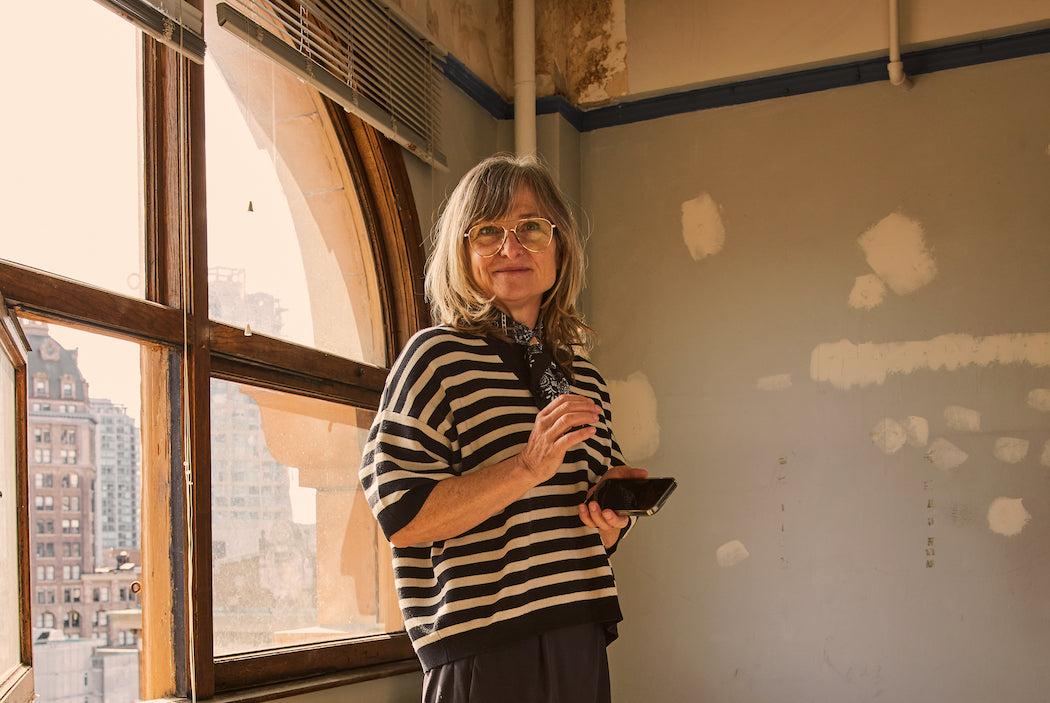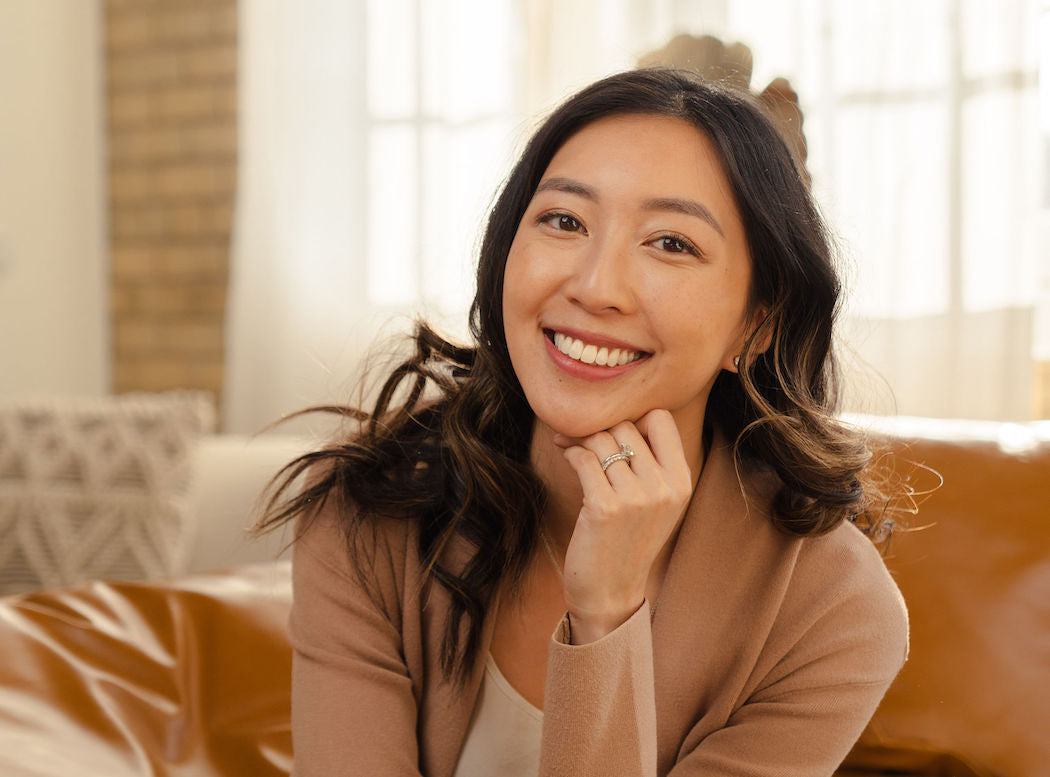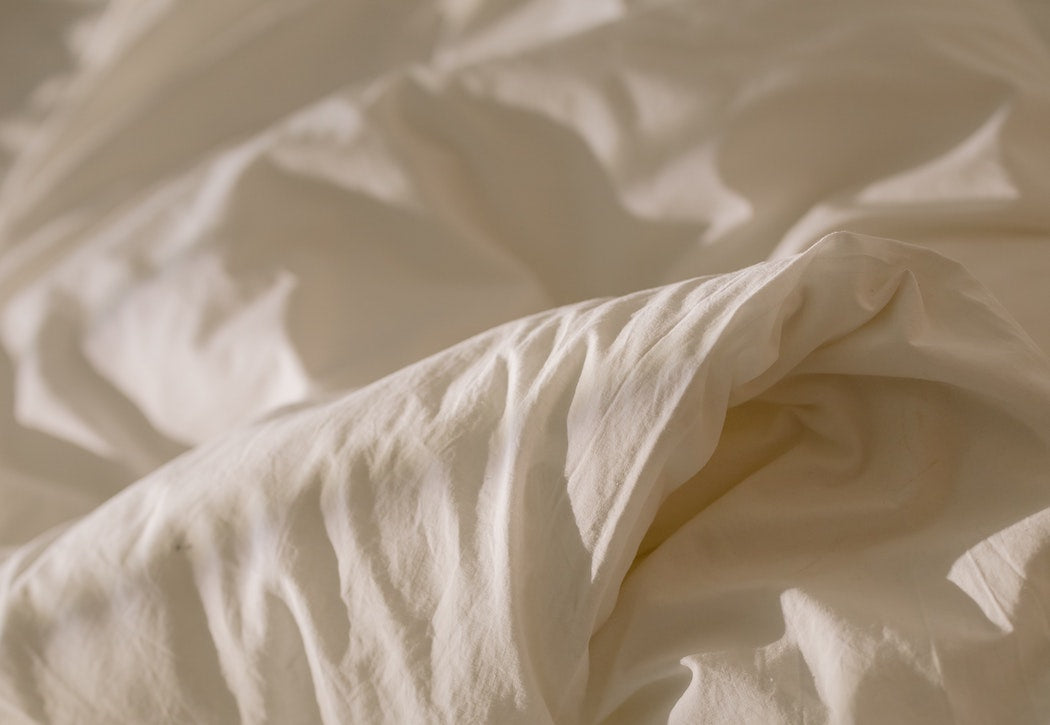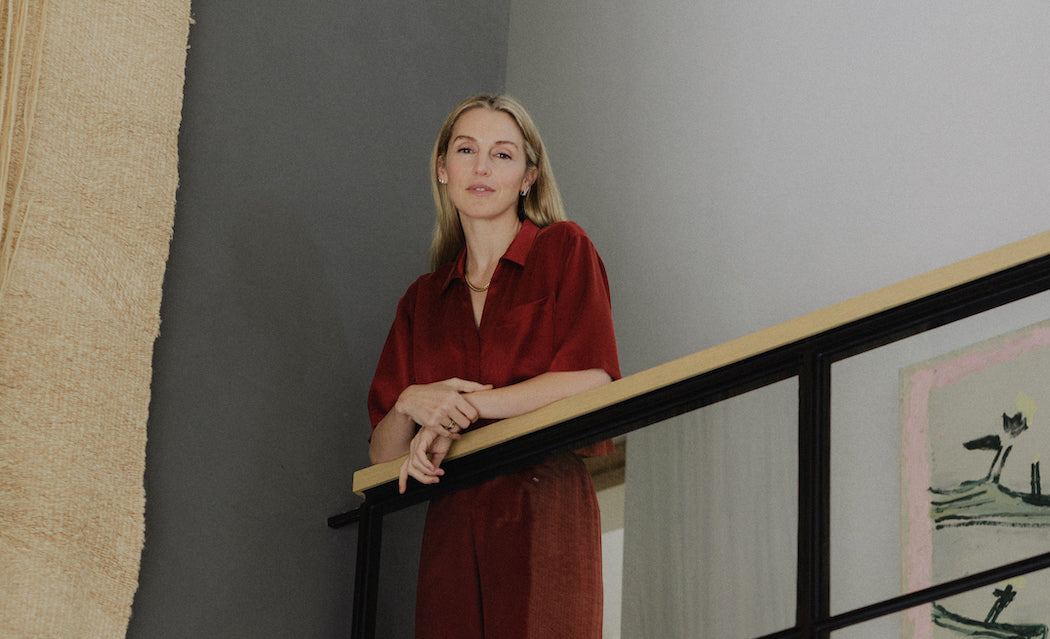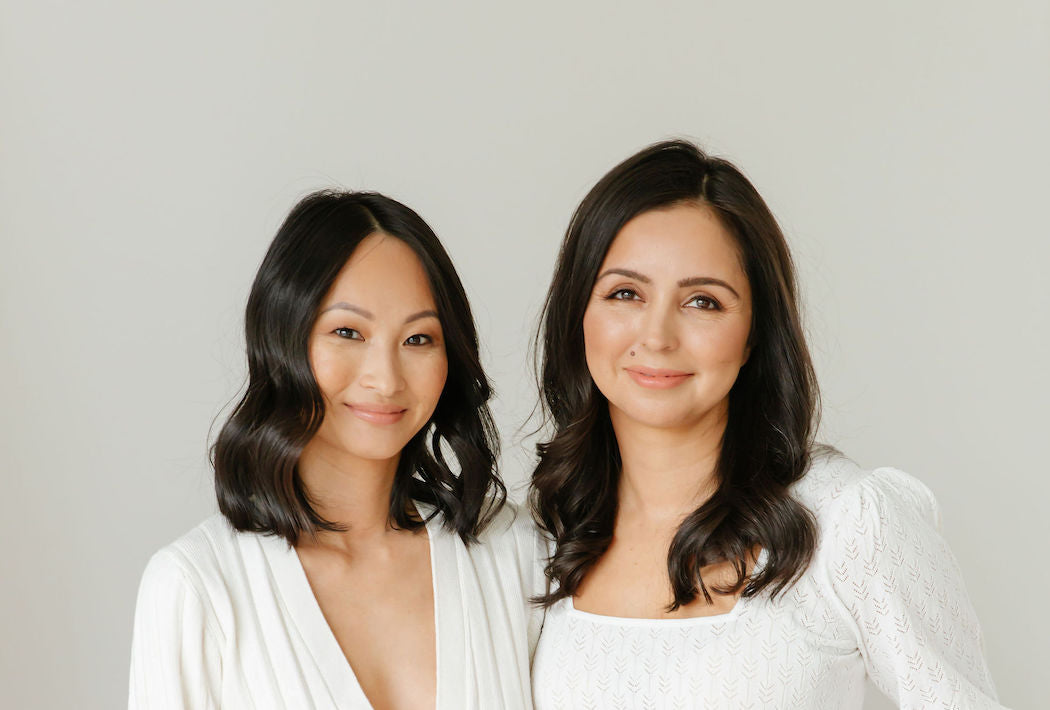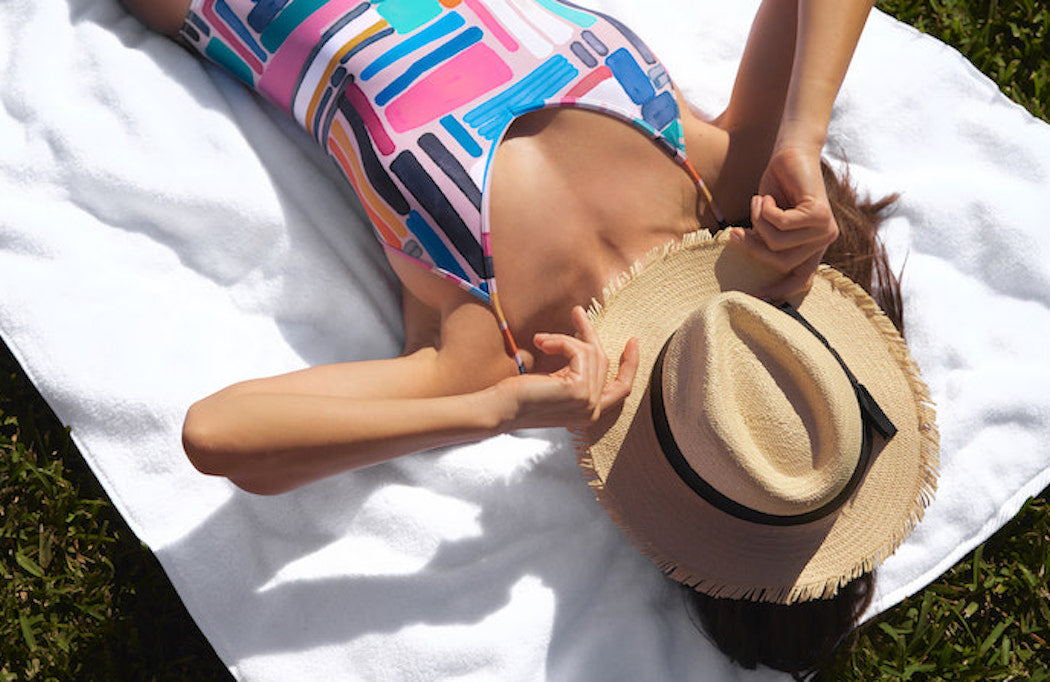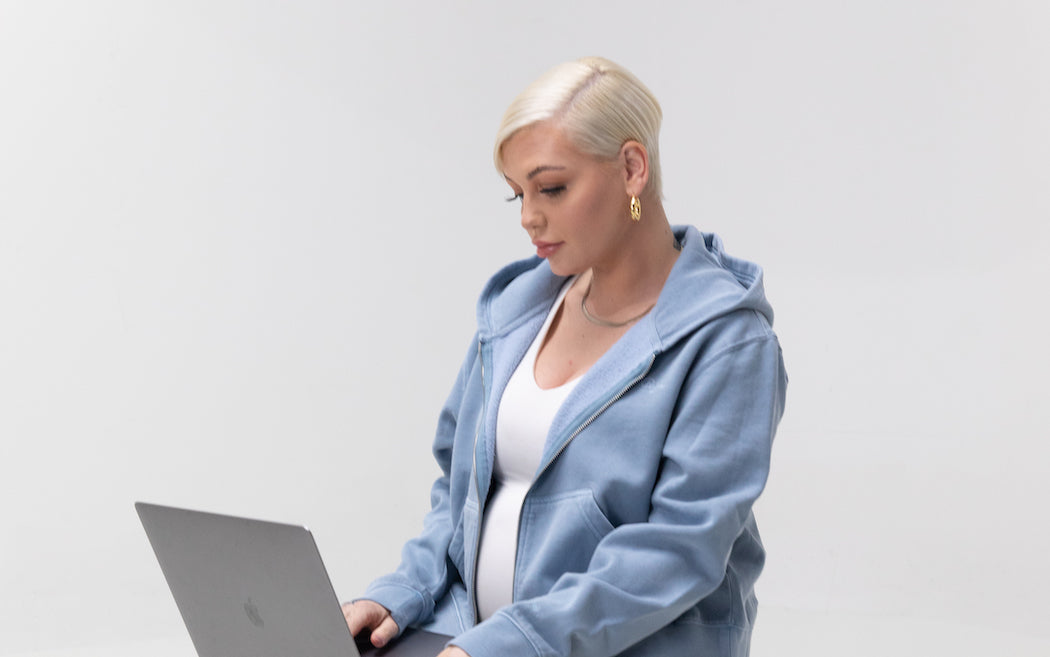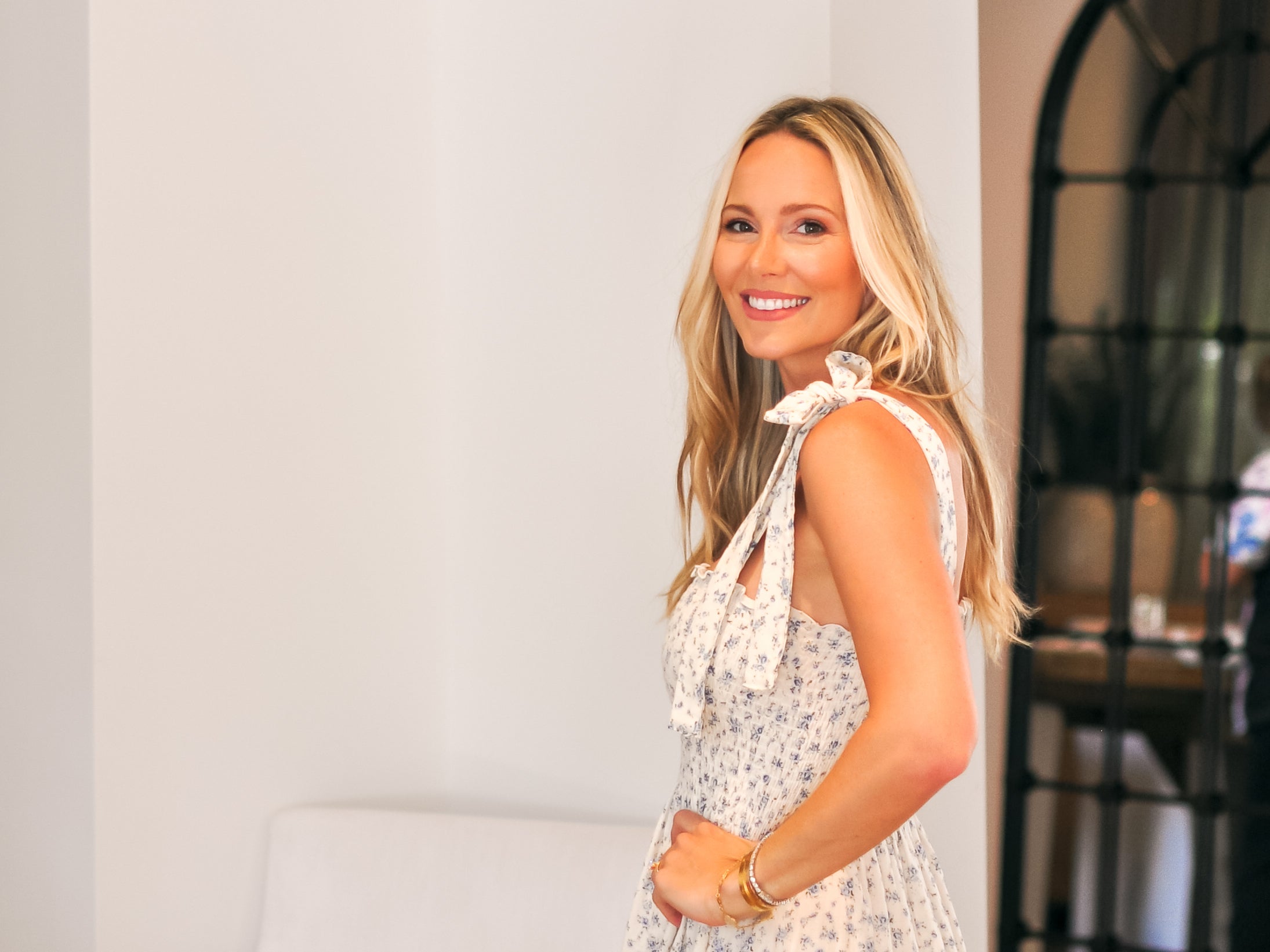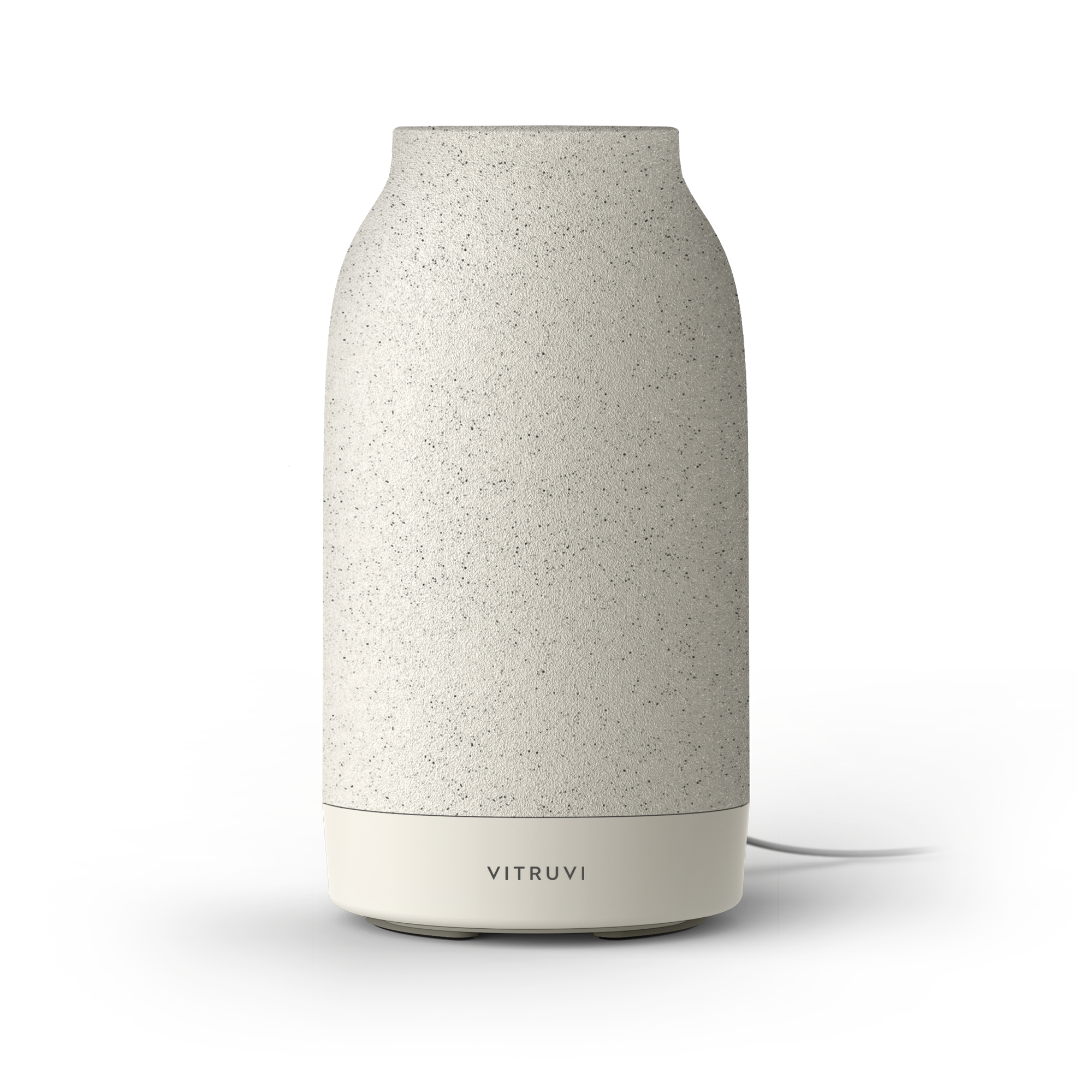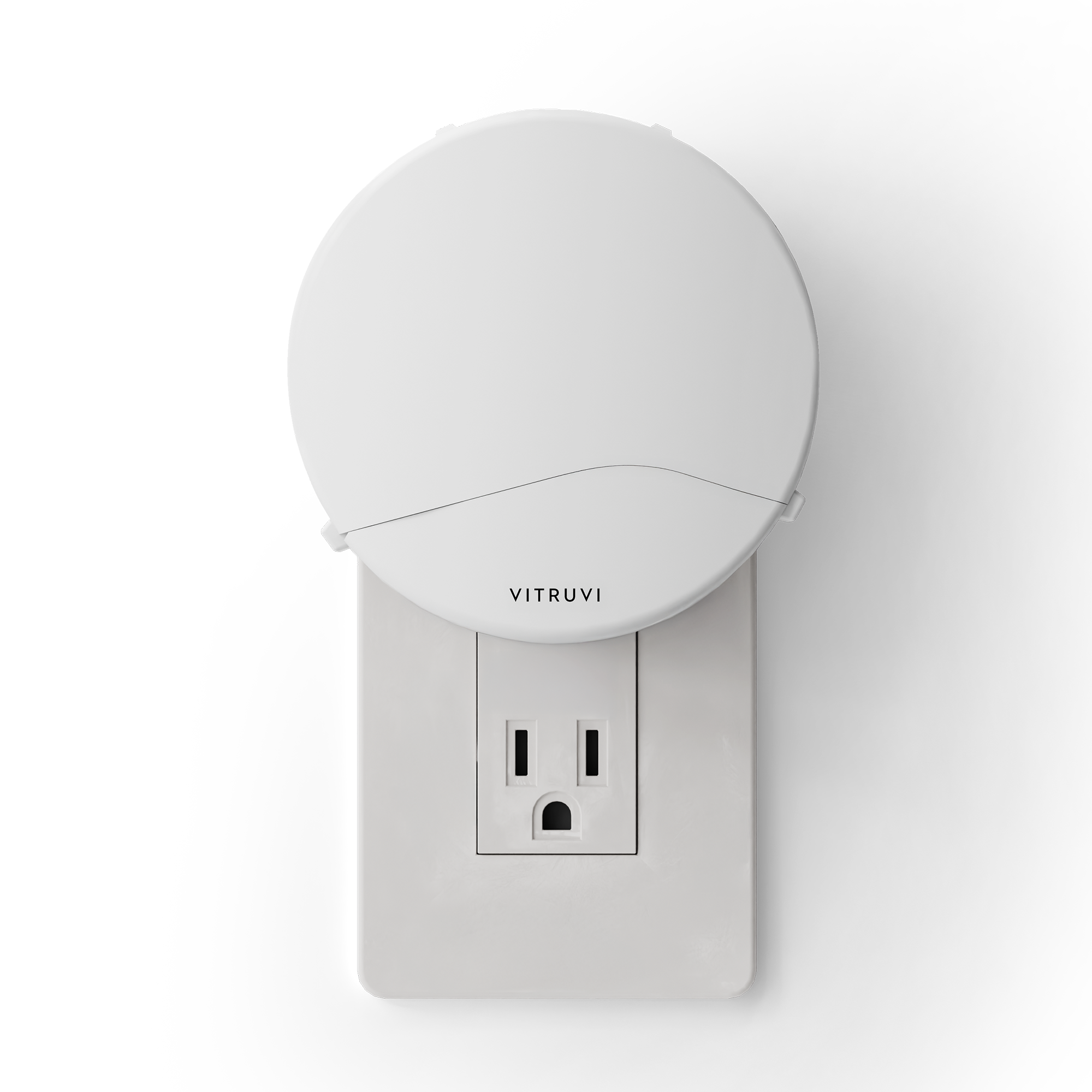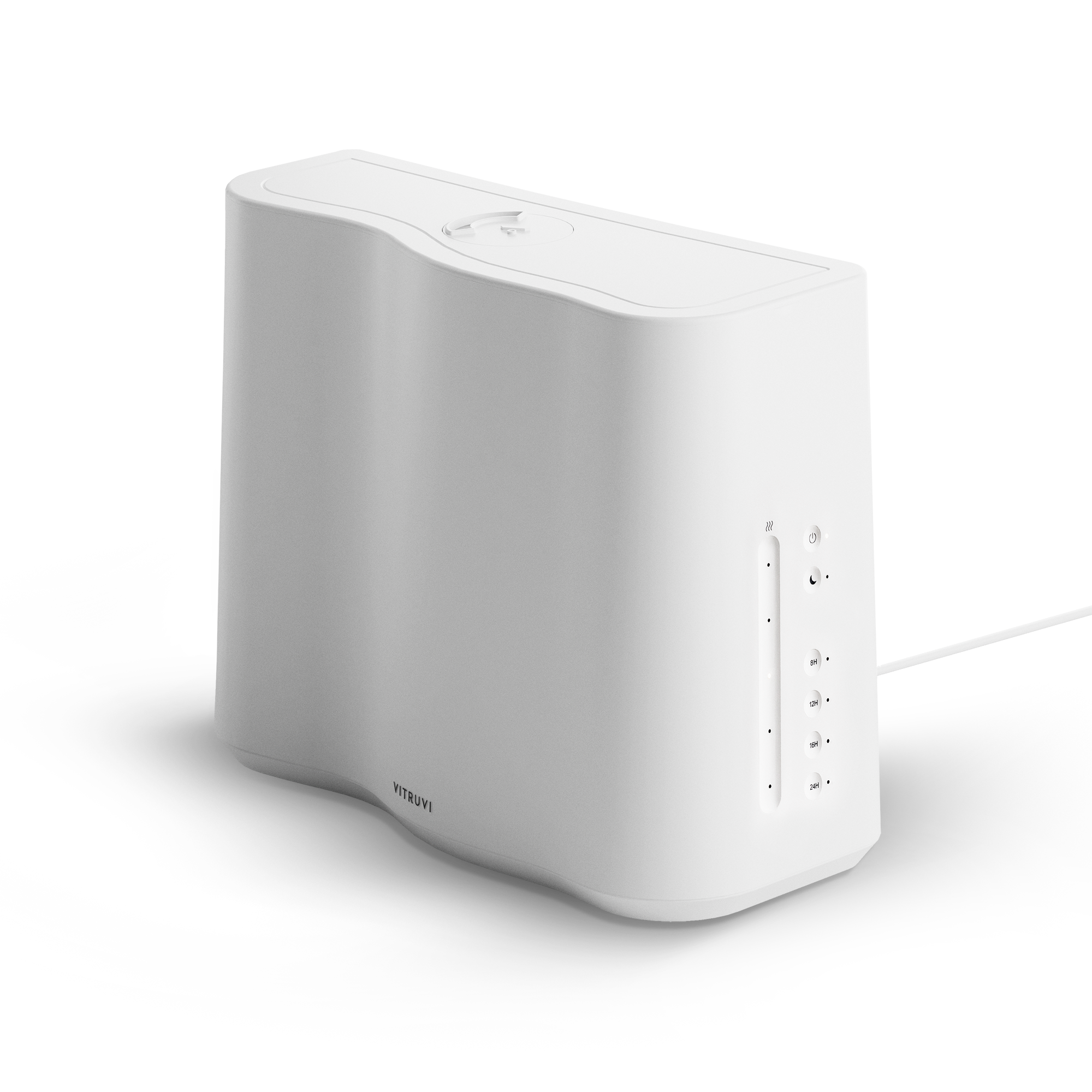Growing up in the 1990s and early 2000s, I watched movies that portrayed self-care in a rather superficial way. Wellness equalled monetary purchases that alleviated the buyer from the woes of the world: sleepovers with girls using clay masks while pining over boys; moms bringing daughters to spas for bonding time; women going on shopping sprees to blow off steam after work; and men showing love by spoiling their girlfriends with gifts.
As a teen who religiously bought magazines like Cosmopolitan, my own ideas of self-care became synonymous with a need to spend on looking good—and I did. I collected my babysitting money to buy lip gloss, perfume, and fancy hair products. When I got my first real job, I began going on shopping sprees. Regardless of being a struggling student who was 100 per cent responsible for my own living expenses and tuition, I found ways to spoil myself with the occasional nail or lash appointment.
But I continued to struggle financially, so I started to take stock of my expenses. And the only thing I could really let go of was the self-care expenditure. But I didn’t want to; I knew that my small wellness rituals were in fact a basic need if I was going to survive working two jobs while in school. A manicure or face mask every so often truly felt like the only things keeping me sane and centred.
Still, I started to wonder if I could find those feelings elsewhere. So I began to go on barefoot walks along the beach; I painted my toes at home instead of going for pedicures; I attended a by-donation yoga class multiple times a week; I read up on do-it-yourself natural beauty products to use instead of store-bought ones; I meditated in an organized room with my favourite scent swimming through air; and I began to focus on cooking good food with healthy ingredients.
These switches may have been out of financial stress, but they stayed with me. They made me feel more whole and empowered.
As I marinated in and explored my relationship with wellness, I began to feel even more disconnected with its face: as a Black woman seeking community in the movement, I didn’t connect with the majority of self-care influencers, expensive juice cleanses, cycle studios, diets, or the fact that very few people looked like me or came from a similar background. Though so many of the wellness hacks I discovered did in fact positively impact me, the industry's clear focus on looking “well” came with a whole set of not-so-nice nuances: often paired with pseudoscience theories or toxic positivity, women were depriving, punishing, and isolating themselves to be deemed well by their peers. Picking and choosing what served me, I instead shifted my focus inward.
I dove into my Kenyan roots and recognized that the act of me writing and facilitating storytelling was in fact an expression of self-care, as it helped me mend an intergenerational separation of my culture. I started seeking deeper conversations and connections, realizing the healing powers embedded in them. Stocks, bonds, mutual funds, and making a surefire life plan began to be just as interesting as monetary purchases. I began to view setting emotional, physical, and relationship boundaries as a form of self-care and a way to strengthen my intuition and ask for what I needed.
In reflection, so many of the more meaningful self-care hacks I’ve picked up are life skills that were taught to my male friends at an early age, making me question how far the patriarchy has penetrated the female-associating wellness space—and causing me to wonder why the practice of internal and external wellness can’t be universal. How empowered would we all be if the wellness community included the faces and experiences of people from varying socio-economic statuses, cultural backgrounds, and genders?
Today, I know that these self-led experiential services, inward paradigm shifts, and moments where I consciously commit to being my authentic self in the name of self-care aren’t typically on brand for the $4.2 trillion global wellness industry—mainly because they aren’t things you can stick on a menu board. We can’t measure our levels of self-acceptance or personal growth on Instagram.
My younger self may have called it an issue of consumerism, but I now see it as a fundamental problem within modern culture. Though there is much to be said about the wellness industry’s gendered pressure and subliminal (or outright) eurocentric beauty ideologies that have become synonymous with women’s health, the overarching theme is that we’ve been conditioned to seek elsewhere for self-care.
Sure, I will purchase the occasional bag or spa service. And there is nothing wrong with that, or with women who buy face serums or apply eyeshadow if that makes them feel empowered and good—I feel empowered by these things, too. But my new ideology of self-care is now much broader, and includes something that is inarguably a pillar of internal wellness: the self.

